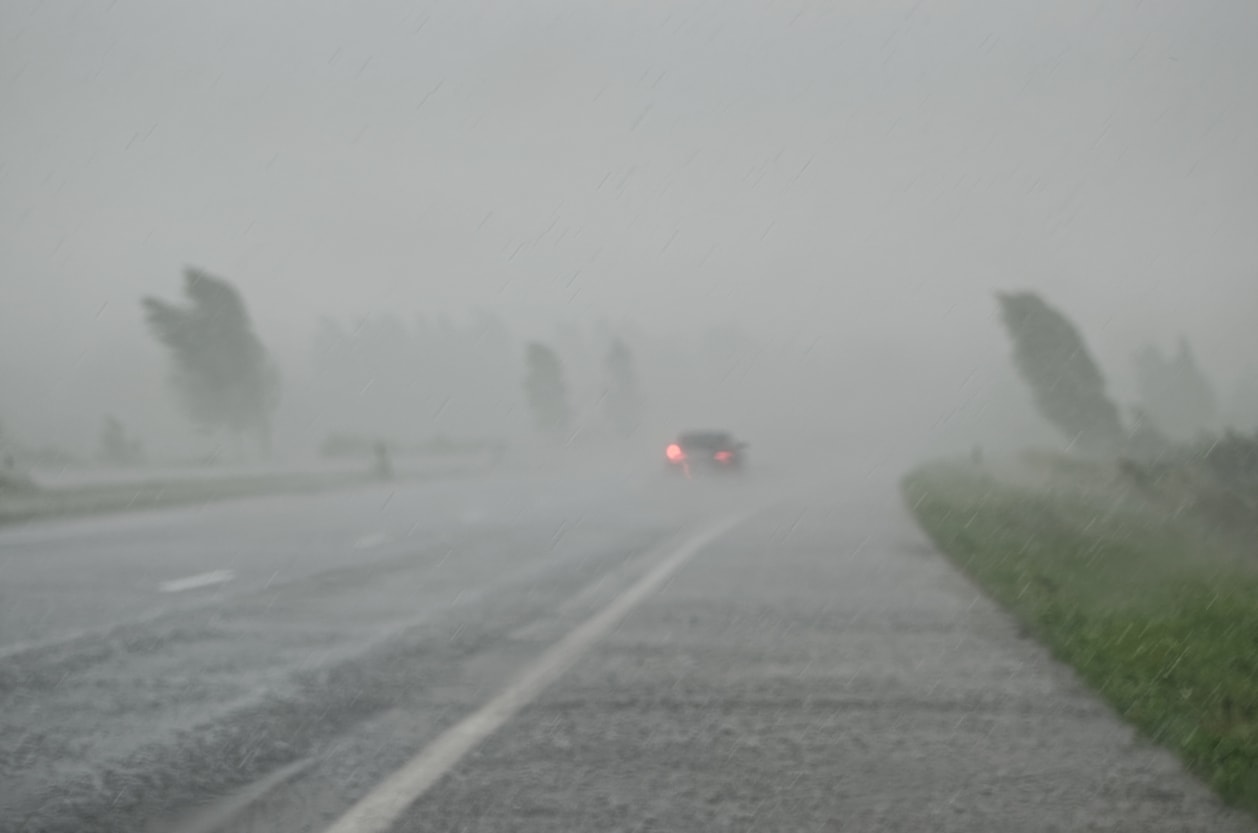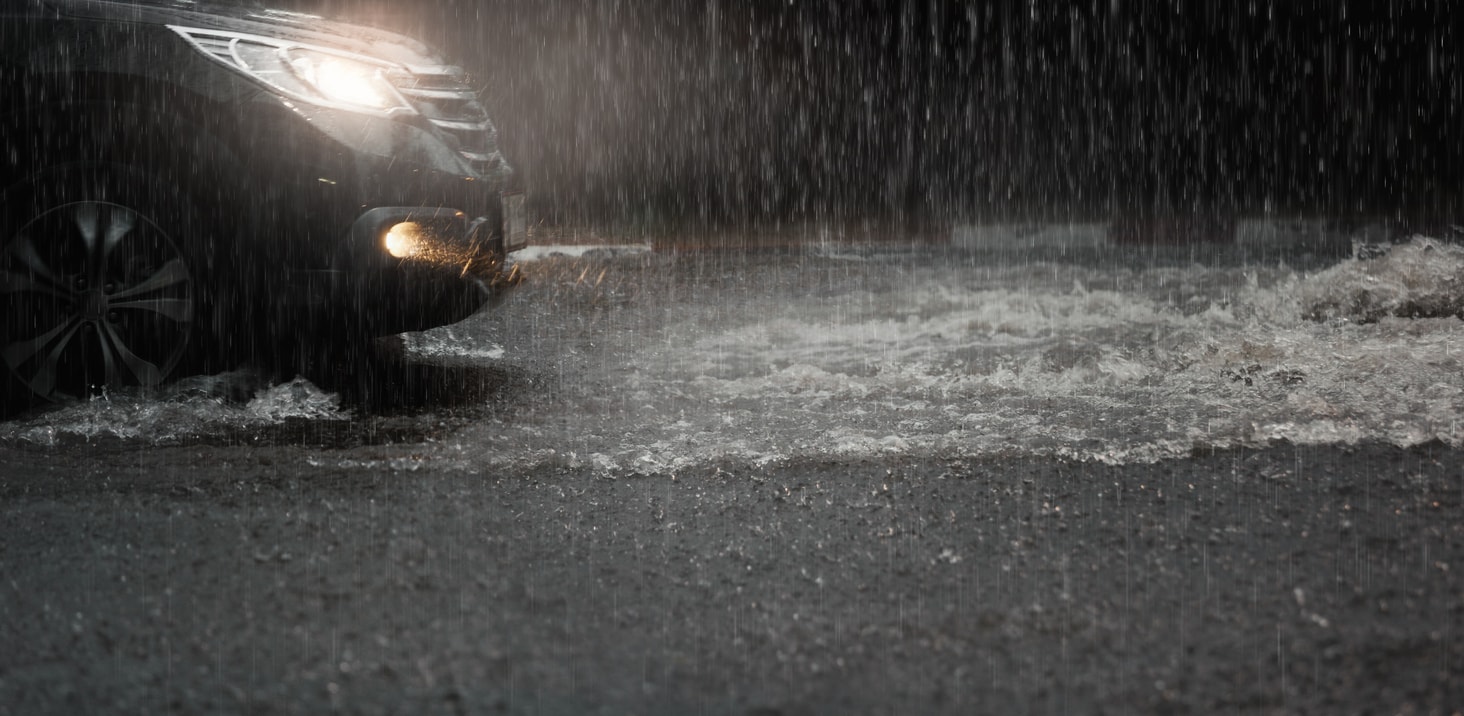

Heavy rains, tropical storms, thunderstorms, and other inclement weather are widespread phenomena in South West Florida. The storm season is the most challenging time of the year for habitual drivers in this area. Motorists have to contend with swollen waterways, falling trees, poor visibility, and other hazards when driving during a storm. Driving in a storm can get very dangerous. If you live in Florida, it's important to understand the possible dangers of driving during a storm and how to protect yourself. This article provides essential tips for safe driving during a storm.
Potential Dangers When Driving During a Storm
Storms increase the risks associated with driving. At some point, you'll get caught in a nasty storm while driving if you live in a storm-prone area such as South West Florida. Knowing what to expect can help keep you and your passengers safe.
So, what are some of the dangers you need to be aware of when driving with intense storms in the area?
- Strong Winds. Driving in powerful winds can be extremely hazardous. Strong wind can get under your car, affecting your handling and braking significantly. There's also the threat of flying objects, like branches and other debris.
- Standing Water. Another major hazard when driving during a storm is standing water. Rainwater tends to pool in potholes and at the bottom of hilly parts of the road, which can be very deceiving. Hitting a pothole can get you stuck or even cause your car to overturn.
- Slippery Roads. Wet roads are slick, which means that the car tires can't grip the surface properly. Steering and braking become very difficult on slippery roads, and you can quickly lose control of the vehicle. Hydroplaning may also occur on wet surfaces, increasing the risk of losing control of the vehicle.
- Low Visibility. Heavy rain can significantly reduce visibility on the road. Poor visibility increases the risk of a crash during a storm. The combination of heavy rain, strong winds, and grey skies drastically reduces your ability to see what's in front of you.
With so many reckless drivers out there, driving can create unsafe situations in any weather. However, storms and other inclement weather make driving even more dangerous. To stay safe when driving in bad weather, you need to know how to deal with these risks.
Tips for Safe Driving During a Storm

Driving in a storm is not as safe as driving in good weather. Stormy weather introduces new hazards on the road. But if you do get caught in nasty weather on the road, there are certain precautions you can take to mitigate the potential dangers. Here are a few tips you can use to make driving during a storm safer.
Don't Try to Drive Through Puddles
Attempting to drive through a flooded stretch of the highway is one of the most dangerous things you can do when driving during a storm. Standing water can be deceptively deep, and even if it's shallow enough to drive through, flooded roadways could also hide submerged debris.
Tree fragments downed power lines, and other sharp objects in the water can do severe damage to your car. By the time you get to the other side, you could have a mangled exhaust system or punctured tires. If the road is flooded, wait it out or try an alternative route.
Watch Out for Damaged Roads
Heavy rains and storms tend to cause a lot of damage to roads and related infrastructure such as bridges. When driving during a storm, keep your eyes peeled for cracked pavements, fallen trees, washouts, and downed power lines. These obstacles create hazardous driving conditions.
However, if you drive carefully and stay alert, you can avoid these dangerous situations and get home safely. Pay attention to road closures on radio traffic reports and revise your route accordingly to keep yourself safe.
Drive Slow
When driving during a storm, you should take every measure to make your drive as safe as possible. The first thing you should do is slow down and keep driving at a safe speed, even if you are on the highway. During a storm, the roads are likely slippery, and the puddles are deceptively deep.
Storms are also accompanied by strong winds capable of blowing your car into adjacent traffic. Driving too fast will only exacerbate these dangers. Driving slowly also helps prevent hydroplaning (sliding over the water on the road).
Don't Get Out of the Car
If you come across a flooded patch of the road and decide to wait it out, do the responsible thing and stay inside your car. Inside the vehicle is the best place to shelter from a lightning storm. If your car is hit by lightning, the static electricity will be directed around the vehicle via its metal frame.
Just don't touch any metal components in the car during a lightning storm. There's also the threat of falling tree fragments and other debris. Make sure that you keep the doors closed and windows up to protect yourself and any other occupants from falling objects.
Turn the Lights On
It can get really dark, even during the day, when a storm occurs. You should turn on the lights when driving during a storm so that you can see the road and other vehicles clearly. A dark day and wet asphalt can make for dangerous driving conditions.
Turning the lights on also makes it easy for other motorists to see you in the dark, stormy conditions. Don't turn the high beams on, though, as they are known to decrease visibility in grey or foggy surroundings.
Learn More About Safe Driving During a Storm
The safest advice is to stay home and avoid driving during storms and heavy rain. If you absolutely have to drive during severe weather, follow these measures and make sure that you have a car that can take the beating. That's something we can help you with at our Bradenton used car dealership in Bradenton, Manatee County.
Sunset Cadillac of Bradenton is full of Cadillac experts to help you choose the best car for your needs. Give us a call at (941) 932-8852 or visit us at 4780 14th St. Monday – Saturday for more information.
